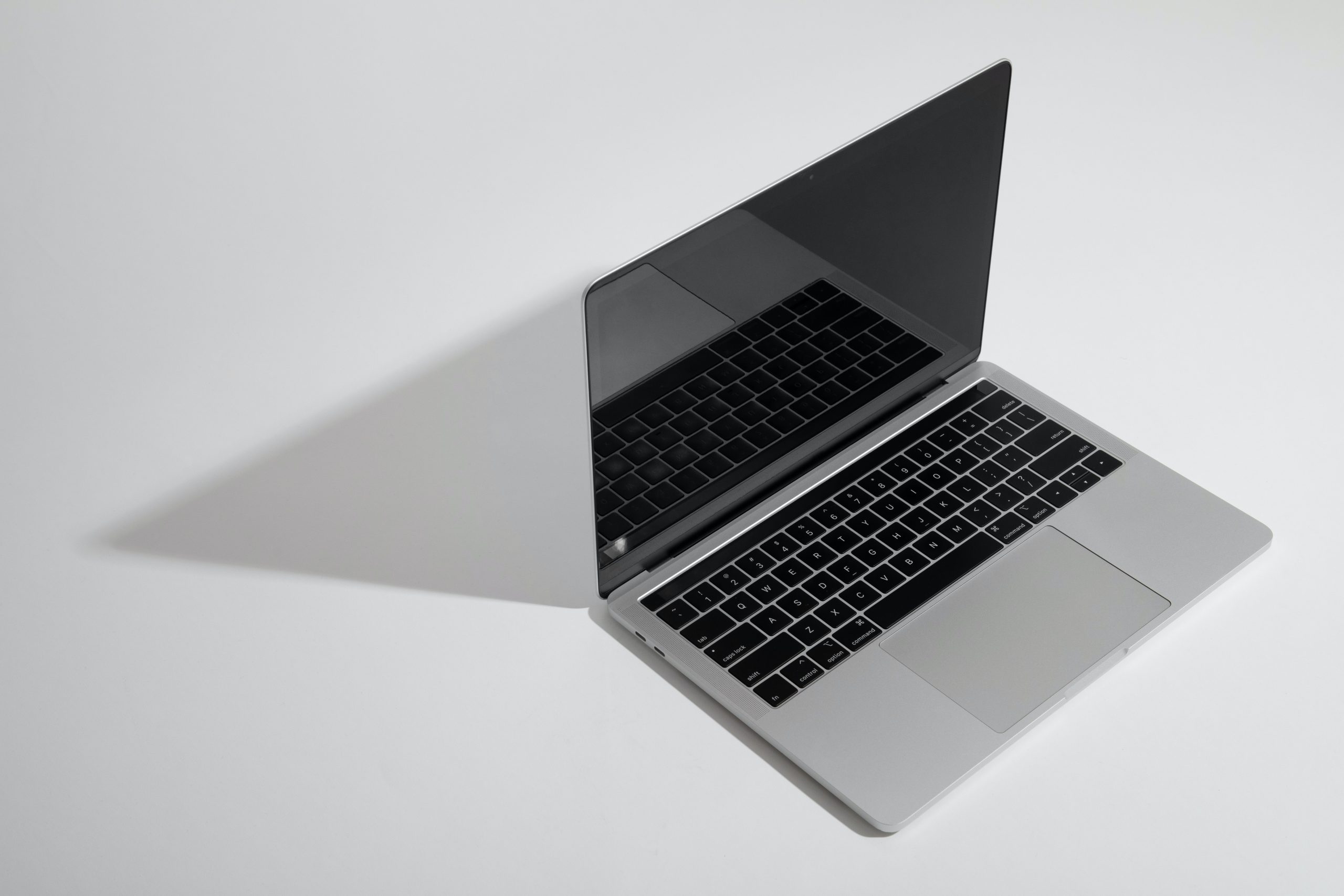Are you aware that someone could be stealing your sensitive information without touching your device? Yes, it's possible through shoulder surfing. This technique involves an attacker observing what's displayed on your screen or keypad as you type in passwords, PINs, or other confidential data. Sounds scary, right? But don't worry! In this blog post, we'll explain everything you need to know about shoulder surfing and how to prevent it from happening to you. So grab a cup of coffee and let's get started!
What is shoulder surfing?
Shoulder surfing is a type of social engineering where an attacker looks over the shoulder of a victim to gain information. The attacker then uses this information to exploit the victim.
Shoulder surfing can be used to gain access to sensitive information, such as bank account details or passwords. It can also be used to gather personal information, such as addresses and phone numbers.
There are several ways to protect yourself from shoulder surfers. Firstly, be aware of your surroundings and who is around you when you are entering confidential information. Secondly, use a method that obscures your screen from view, such as using a privacy screen or holding your hand over the screen. Finally, consider using two-factor authentication which adds an extra layer of security to your accounts.
How can shoulder surfing be prevented?
Preventing shoulder surfing is all about awareness. If you are aware of your surroundings, you can take steps to protect yourself from being watched. Here are some tips:
-Keep your belongings close to your body and be aware of who is around you when you are using them.
-Be careful when using ATMs or other machines that require you to enter personal information. Cover the keypad with your hand when entering your PIN or other sensitive information.
-Be aware of your body language. Don’t give away confidential information by gesturing or writing in the air.
-Be cautious of people who seem to be standing too close to you or trying to get a glimpse of what you are doing. Move away from them if possible.
By following these simple tips, you can help prevent shoulder surfers from gaining access to your personal information.
The different types of shoulder surfing
There are three different types of shoulder surfing: passive, active, and electronic.
Passive shoulder surfing is when someone looks over your shoulder to see what you’re doing. This can be done in person or via video surveillance. Active shoulder surfing is when someone tries to look at your screen while you’re using it. They may try to stand close to you or position themselves so they can see your screen. Electronic shoulder surfing is when someone watches your screen remotely, usually via a webcam or security camera.
You can avoid passive and active shoulder surfing by being aware of your surroundings and keeping your screen private. If someone is standing too close to you or trying to look at your screen, move away or cover the screen with your hand. To prevent electronic shoulder surfing, keep your computer in a safe place where no one can access the webcam or security camera.
Shoulder surfing techniques
Shoulder surfing is a type of social engineering attack in which an attacker uses physical proximity to gain access to sensitive information. This can be done by looking over someone's shoulder to see what they are typing, or by watching them enter a PIN or password. Shoulder surfing is a serious security threat, as it can lead to identity theft, financial fraud, and other types of criminal activity. There are several things you can do to avoid shoulder surfers, including:
- Be aware of your surroundings and who is around you when you are entering sensitive information.
- Use a privacy screen protector on your devices to prevent people from seeing what you are typing.
- Keep your devices close to your body and cover the keypad with your hand when entering passwords or PINs.
- Use strong passwords and passphrases that are difficult for someone to guess even if they are standing right next to you.
How to avoid being a victim of shoulder surfing
When you are in a public place, always be aware of your surroundings. Shoulder surfers usually target people who are not paying attention to their surroundings.
If you are using an ATM, be sure to cover the keypad with your hand when you enter your PIN. This will prevent shoulder surfers from seeing your PIN and stealing your money.
When you are entering sensitive information into a computer, be sure to do so in a private setting where no one can see your screen. If possible, use a privacy filter on your computer screen to make it more difficult for others to see what you are doing.
Never leave your belongings unguarded in a public setting. Shoulder surfers may take advantage of this opportunity to steal your valuables.
If you think you are being shoulder surfed, trust your gut and move away from the situation immediately.
Conclusion
Shoulder surfing is a type of social engineering attack where a malicious actor attempts to gain access to your sensitive information by looking over your shoulder. It can be quite difficult to prevent, but there are some steps that you can take. Covering the screen when entering passwords, using privacy screens on laptops and phones, and being aware of your surroundings are all effective ways to protect yourself from shoulder surfers. By taking these precautions you can help minimize the risk of becoming a victim of this insidious technique.


